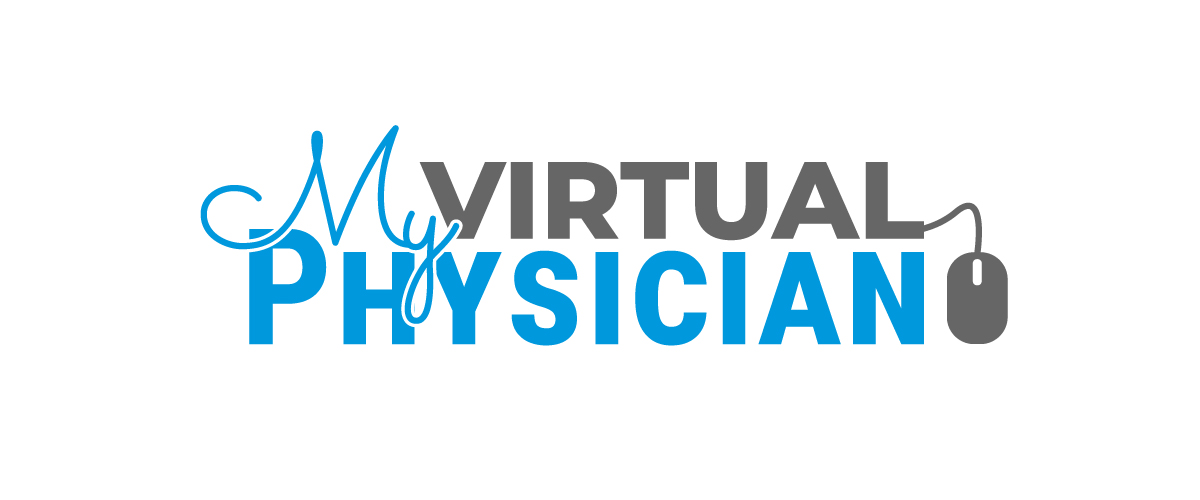Medicare Advantage Plans, also known as Part C, offer an alternative way to receive your Medicare benefits. For many, these plans provide additional coverage and flexibility that can be tailored to individual healthcare needs. Let’s dive into the ins and outs of Medicare Advantage to help you decide if it’s the right choice for you.
What are Medicare Advantage Plans?
Medicare Advantage Plans are offered by private insurance companies approved by Medicare. These plans bundle Medicare Part A (hospital insurance) and Part B (medical insurance) and often include additional benefits like prescription drug coverage, dental, vision, and hearing.
Types of Medicare Advantage Plans:
Health Maintenance Organization (HMO):
Requires you to use a network of doctors and hospitals.
Typically, you need a referral to see a specialist.
May include prescription drug coverage.
Preferred Provider Organization (PPO):
Offers more flexibility in choosing healthcare providers.
Lower costs when using in-network services.
Typically includes prescription drug coverage.
Private Fee-for-Service (PFFS):
Allows you to see any Medicare-approved doctor who accepts the plan’s terms.
May or may not include a network of providers.
Prescription drug coverage might be included.
Special Needs Plans (SNPs):
Designed for individuals with specific diseases or characteristics.
Tailored benefits to meet particular needs.
Includes prescription drug coverage.
HMO Point of Service (HMO-POS):
Similar to HMOs but allows some out-of-network services at a higher cost.
May require referrals for specialists.
Major Medicare Advantage Carriers:
Several major insurance companies offer Medicare Advantage Plans, known for their comprehensive coverage and extensive networks. Some of the largest carriers include:
UnitedHealthcare:
Known for its broad network and extensive plan options.
Humana:
Offers a variety of plans with additional benefits like fitness programs.
Aetna:
Provides competitive pricing and a range of plan choices.
Anthem Blue Cross Blue Shield:
Offers personalized plans with diverse benefits.
Cigna:
Known for its customer service and comprehensive coverage options.
Benefits of Medicare Advantage Plans:
Comprehensive Coverage:
Many plans include additional benefits not covered by Original Medicare, such as vision, dental, and hearing.
Prescription Drug Coverage:
Most Medicare Advantage Plans include Part D prescription drug coverage, simplifying your healthcare management.
Out-of-Pocket Maximum:
These plans have a yearly limit on out-of-pocket costs, providing financial protection.
Considerations When Choosing a Plan:
Provider Network:
Ensure your preferred doctors and hospitals are in the plan’s network.
Coverage Needs:
Evaluate the additional benefits offered and whether they align with your healthcare needs.
Costs:
Compare premiums, copayments, and out-of-pocket maximums. While some plans have low or $0 premiums, other costs may vary.
Plan Rules:
Understand any rules regarding referrals, prior authorizations, and network restrictions.
How to Enroll in a Medicare Advantage Plan:
Eligibility:
You must be enrolled in Medicare Parts A and B to join a Medicare Advantage Plan.
Enrollment Periods:
You can enroll during your Initial Enrollment Period, the Annual Enrollment Period (October 15 to December 7), or during a Special Enrollment Period if you qualify.
Is a Medicare Advantage Plan Right for You?
Choosing between Original Medicare and a Medicare Advantage Plan depends on your personal healthcare needs and preferences. If you value additional coverage, lower out-of-pocket costs, and the convenience of bundled services, a Medicare Advantage Plan might be a great fit.
At My Virtual Physician, we’re here to help you navigate your Medicare options and find a plan that best suits your health and lifestyle needs. Feel free to reach out for personalized assistance and support.
Schedule your appointment with us today: BOOK HERE




